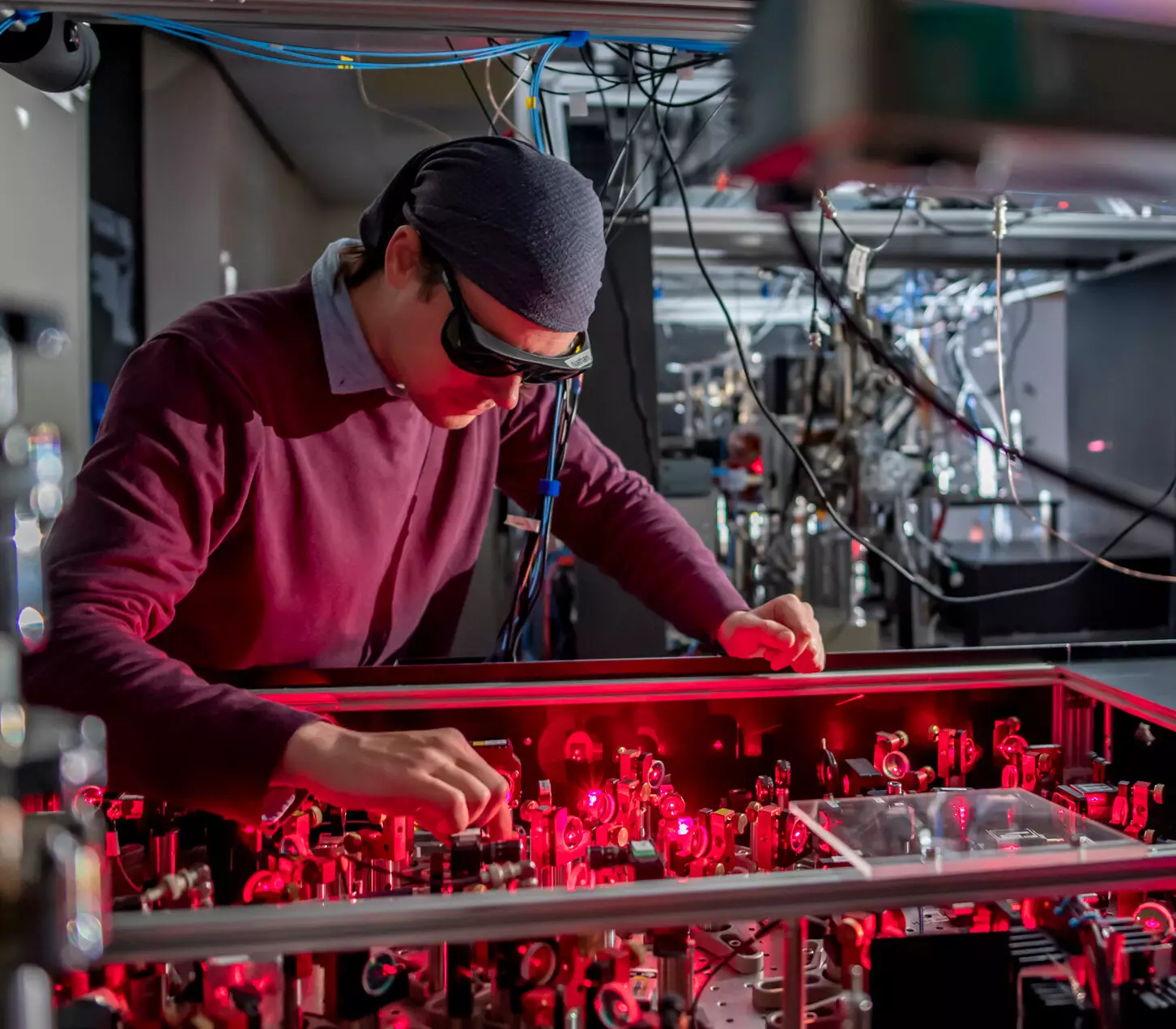In a groundbreaking discovery, scientists have developed a unique 3D printed vacuum system aimed at trapping dark matter to detect domain walls. This innovative approach is set to bring significant advancements in the exploration of the mysteries of the universe. Researchers at the University of Nottingham’s School of Physics have designed a specialized vacuum system using 3D printing technology for an upcoming experiment that involves reducing the density of gas and introducing ultra-cold lithium atoms to detect dark walls. The findings of this research have been published in the prestigious journal Physical Review D.
Professor Clare Burrage, a leading figure in the School of Physics, sheds light on the significance of this research by emphasizing the limited knowledge we have about dark matter and dark energy. With only a mere 5% of the universe comprised of ordinary matter, the rest is attributed to the enigmatic components of dark matter and dark energy, whose properties and nature remain elusive. By exploring the introduction of a scalar field particle, scientists strive to unravel the mysteries surrounding dark matter and its implications on the universe.
The research team’s approach revolves around the construction of 3D vessels based on the theory that light scalar fields undergo phase transitions driven by density, resulting in the formation of domain walls. These defects, akin to fault lines in a crystal structure, offer insights into the existence and behavior of scalar fields. As the density decreases, these dark walls emerge, imperceptible to the naked eye but capable of altering particle trajectories, providing tangible evidence of the theories surrounding scalar fields.
Designing the Experiment
Associate Professor Lucia Hackermueller spearheads the design of the laboratory experiment aimed at trapping dark matter using the specially crafted 3D printed vacuum chambers. The meticulous construction of these vessels aligns with theoretical calculations of dark walls, ensuring an optimal environment for trapping dark matter. By subjecting the ultra-cold lithium atoms to laser photon cooling at temperatures approaching absolute zero, the researchers aim to imbue the atoms with quantum properties, enabling precise analysis and prediction of particle behavior within the vacuum system.
The culmination of three years of dedicated effort, the experimental setup is poised to yield crucial insights into the existence and behavior of dark walls. The researchers are optimistic about obtaining conclusive results within a year, marking a significant milestone in unraveling the mysteries of dark energy and dark matter. This innovative approach serves as a testament to the potential of well-controlled laboratory experiments in directly measuring phenomena that have profound implications for our understanding of the universe. The journey towards understanding dark matter continues, fueled by the promise of technological advancements and scientific exploration.


Leave a Reply
You must be logged in to post a comment.